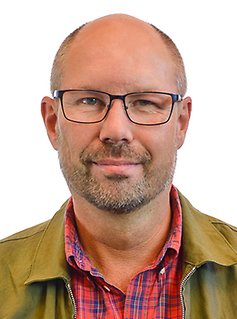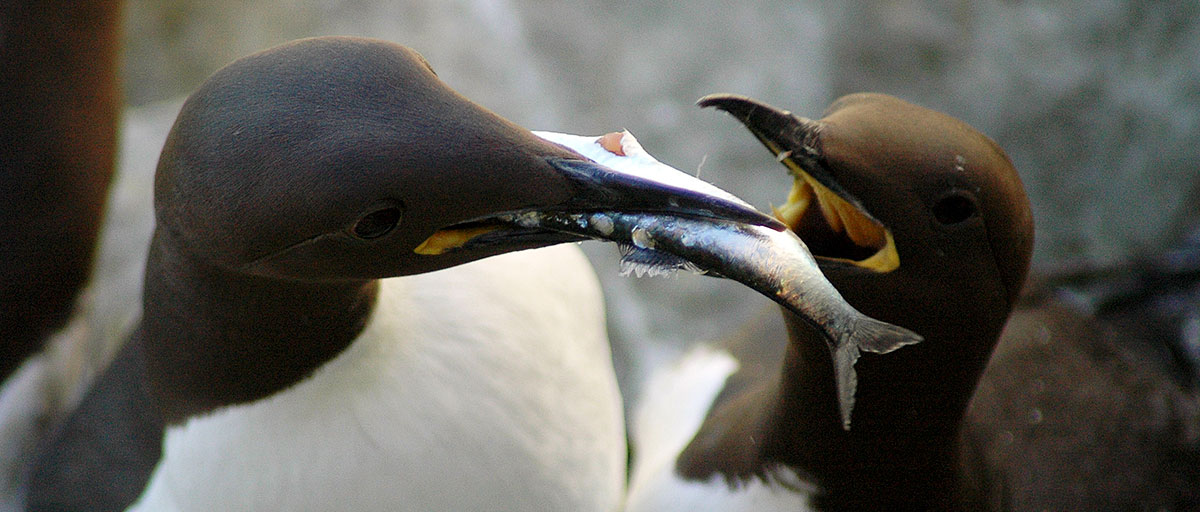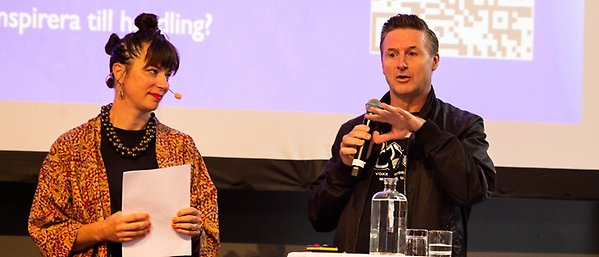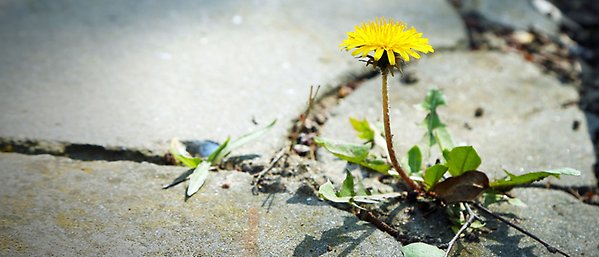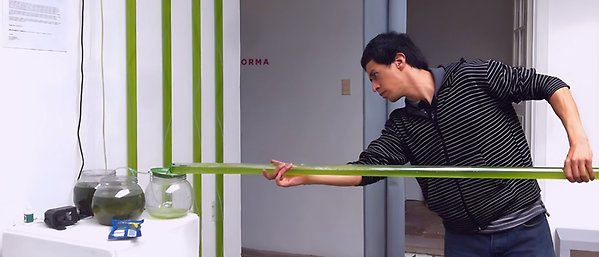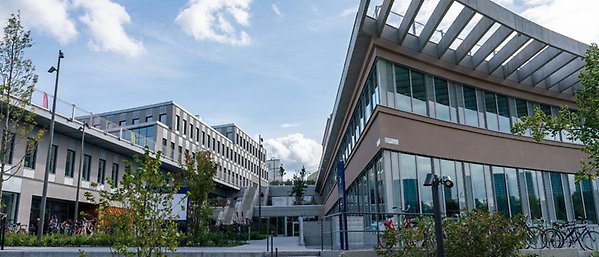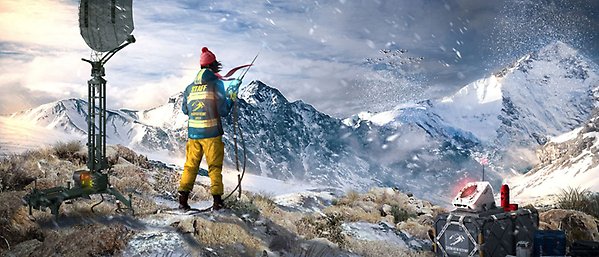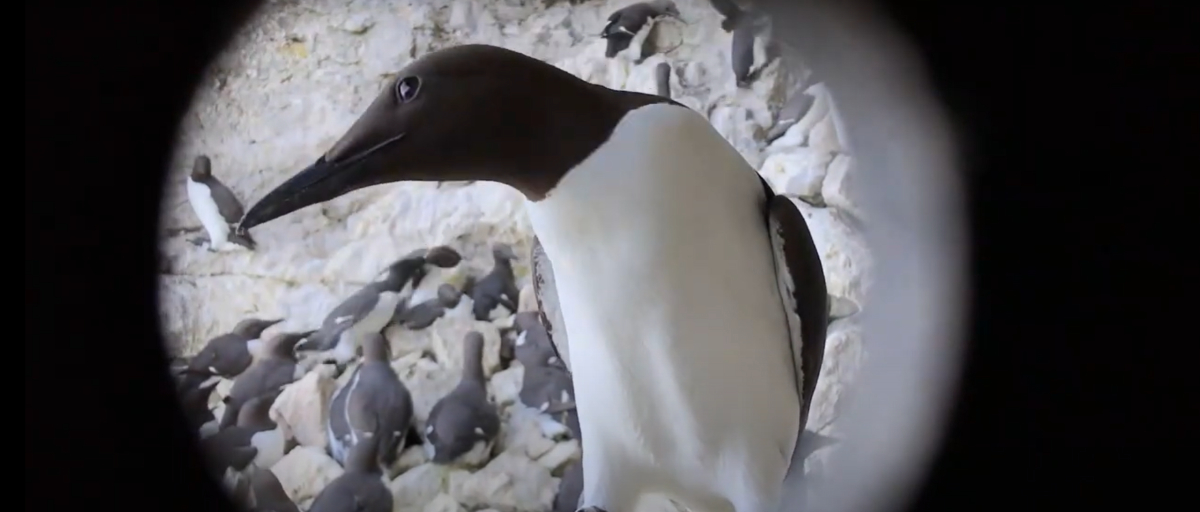
Bildtext
Bildtext får vara max två rader text. Hela texten ska högerjusteras om den bara ska innehålla fotobyline! Photo: B. Christensen/Azote
RESEARCH METHODS
Artificial breeding site offers perfect platform for seabird observations
Text
On the island of Stora Karlsö, the steel built lab gives researchers access to observe the largest seabird colony in the Baltic Sea
A BIRDWATHCER'S PARADISE: A 45-minute boat ride from the Swedish island of Gotland, lies Stora Karlsö, the second oldest natural reserve in the world. Known for its abundant bird life, this is not just a breeding ground for guillemots, common murres and razorbills, it is also a birdwatcher's paradise.
The island offers a spectacular scenery to observe these auk seabirds up close.
Observations on the birds have taken place since 1913, but in 2008 it took on a new dimension when an artificial breeding ground was built.
The Karlsö Auk Lab enables high-resolution studies with minimal disturbance of the breeding birds. Building materials and location were chosen to minimize environmental impact.
The lab was constructed to allow future outfitting with a range of high-technology devices. Since most of the fledged murre chicks in the subcolony have been ringed over the last 15 years, this enable recruitment and studies of birds with known life-history.
Improving the marine ecosystem
Today about 75 pairs of common murres are breeding, and there is room for about 300 pair in total. Ten pairs of razorbills also breed there, with the potential increase this to 60 pairs.
"We are be able to perform seabird studies with a resolution and technologies that are impossible in a strictly natural environment," says centre researcher Olof Olsson who has been involved in the work since the start.
Better knowledge of links between seabirds and their environment means the seabirds act as 'indicators' for how the marine ecosystem is fairing.
That in turn can help improve marine ecosystem-based management.
Scientific studies on the lab has previously been published in Marine Ornithology.
The Auk Lab was sponsored by WWF Sweden and was established in collaboration with the non-profit company owing the island, Karlsö Jagt- och Djurskyddsförenings AB.
Watch video below where Olof Olsson explains how seabirds hunt for fish and how changing circumstances can affect their survival:
Hentati-Sundberg J., Österblom H., Kadin, M., Jansson, Å. & Olsson, O. 2012. The Karlsö murre lab methodology can stimulate innovative seabird research. Marine Ornithology 40: 11-16
For more information about the work, contact Olof Olsson:
